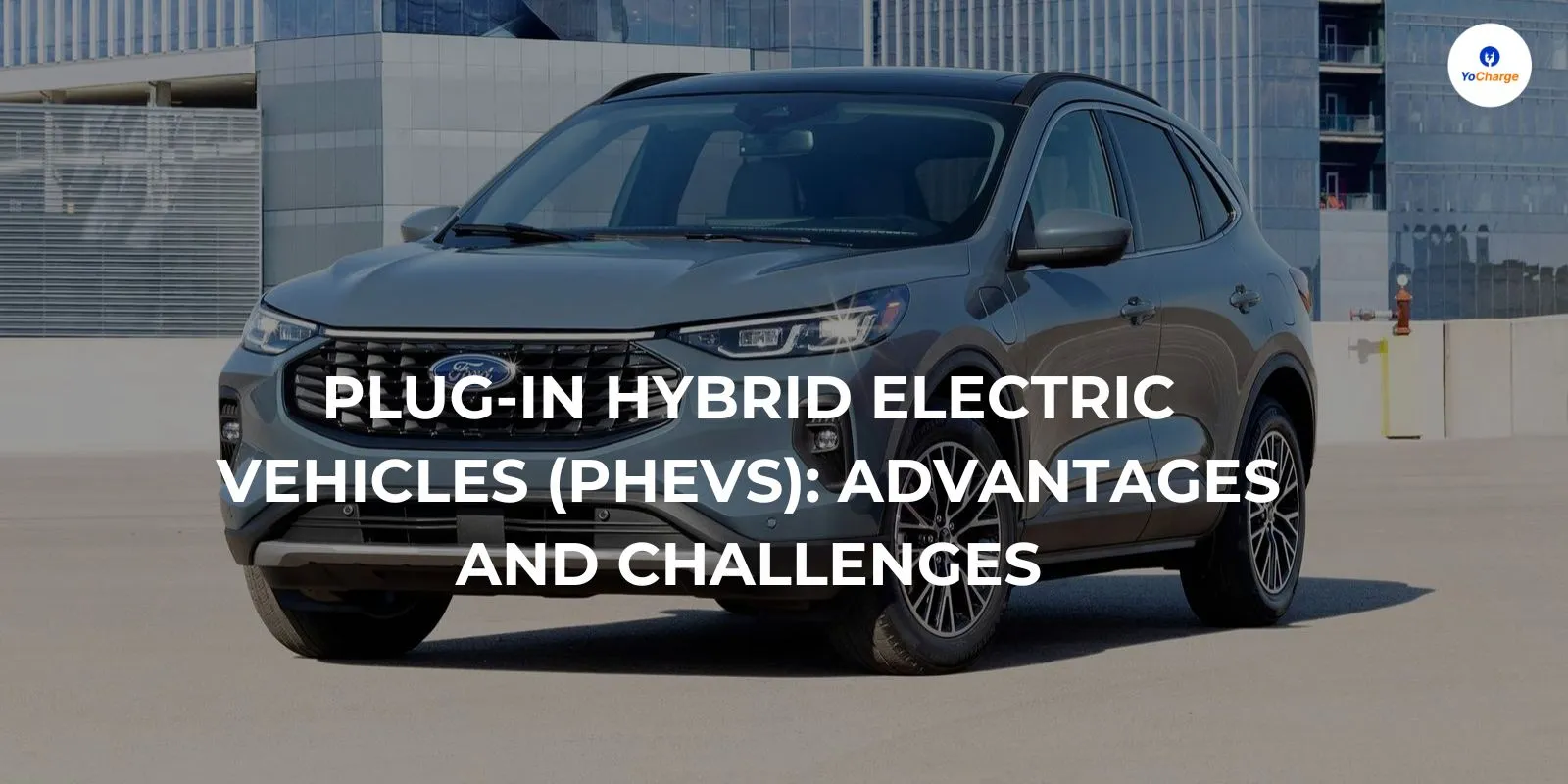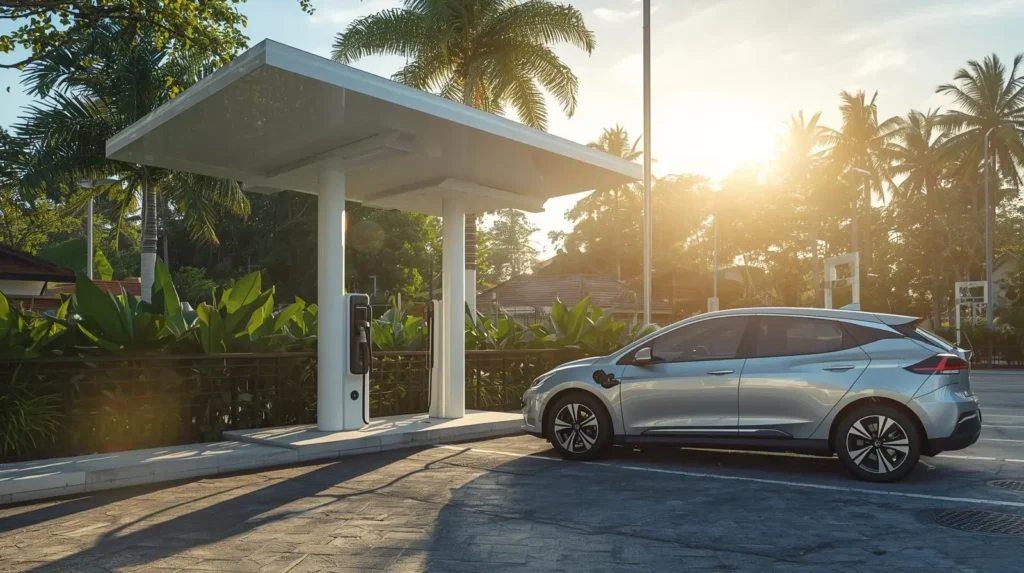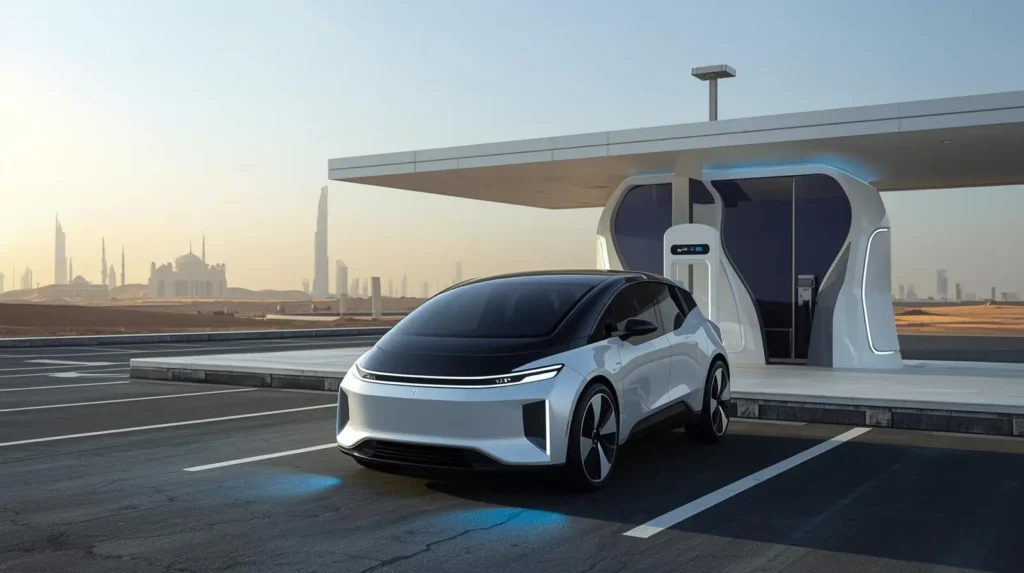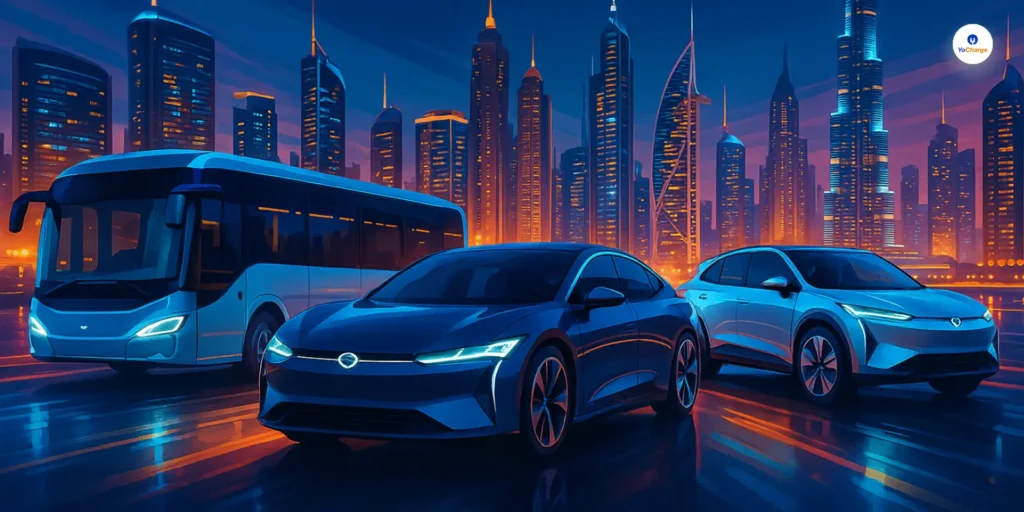
As climate concerns and fuel prices continue to rise, the shift toward sustainable transportation has gained momentum. One compelling option in this movement is the Plug-in Hybrid Electric Vehicle (PHEV), a technology that bridges the gap between traditional gasoline-powered cars and fully electric vehicles (EVs).
These vehicles are known for their dual energy sources and eco-friendly benefits. They are not only gaining popularity but also transforming the way we think about driving. With unique advantages in fuel efficiency, reduced emissions, and flexibility, PHEVs represent an accessible option for many car owners.
So, what exactly are Plug-in Hybrid Electric Vehicles (PHEVs), and why should you consider one?
Understanding Plug-in Hybrid Electric Vehicles (PHEVs)
Plug-in Hybrid Electric Vehicles (PHEVs) combine a gasoline or diesel engine with an electric motor and rechargeable battery.
Unlike traditional hybrids, PHEVs can be plugged into an external source of electricity, charging the battery for electric-only driving. This feature enables the vehicle to operate as a zero-emission vehicle for shorter distances, typically up to 20-40 miles on electric power alone.
After that, the car seamlessly switches to using gasoline, which extends its driving range significantly.
How Do Plug-in Hybrid Electric Vehicles (PHEVs) Work?
In a PHEV, the electric motor is powered by a battery that can be recharged by plugging it into an outlet. When the battery runs out of power, the vehicle automatically switches to its internal combustion engine.
The advantage here is flexibility: a PHEV provides the benefits of electric driving without the fear of range anxiety, a common concern with fully electric vehicles.
The dual-power system gives drivers peace of mind and increases efficiency in urban and suburban settings where electric power alone can often handle daily driving needs.
Key Components of Plug-in Hybrid Electric Vehicles (PHEVs)
To understand the technology further, let’s explore the main components of Plug-in Hybrid Electric Vehicles (PHEVs):
- Battery Pack: PHEVs have a larger battery compared to conventional hybrids. The battery can be charged using standard home outlets or fast-charging stations, allowing for electric-only driving.
- Electric Motor: The electric motor works in tandem with the engine or independently, depending on the driving mode and battery charge. It’s responsible for delivering smooth and quiet acceleration.
- Internal Combustion Engine: The gasoline engine acts as a backup when the battery is depleted, ensuring that the vehicle has a continuous power source.
- Control System: A sophisticated control system manages the transition between electric and gas power, optimizing performance and efficiency.
Advantages of Plug-in Hybrid Electric Vehicles (PHEVs)
The popularity of Plug-in Hybrid Electric Vehicles (PHEVs) can be attributed to a range of benefits that make them appealing to eco-conscious drivers and cost-sensitive consumers alike.
1. Fuel Efficiency
One of the biggest draws of PHEVs is their improved fuel efficiency. Because they can run on electric power for short distances, they use less fuel, leading to lower fuel costs and a reduced need for gas.
This can be especially beneficial for those with short daily commutes or frequent stops.
2. Reduced Carbon Footprint
PHEVs produce fewer emissions than traditional gasoline vehicles. When driving on electric-only mode, PHEVs emit zero tailpipe emissions, which is a major advantage for reducing one’s carbon footprint.
Even when running on gasoline, PHEVs are generally more efficient and cleaner than their non-hybrid counterparts.
3. Flexibility and Convenience
Unlike fully electric vehicles, Plug-in Hybrid Electric Vehicles (PHEVs) don’t require frequent stops for charging on long trips. Their gasoline engines provide backup power, making long-distance travel easier and more convenient.
This flexibility gives drivers the benefits of electric driving without concerns about finding charging stations in remote areas.
4. Financial Incentives
In many regions, PHEV owners can take advantage of government incentives and tax breaks for purchasing eco-friendly vehicles. These incentives can significantly offset the initial cost of a PHEV, making it a more affordable choice in the long run. Some areas even offer incentives for installing home charging stations, further increasing the financial appeal.
Plug-in Hybrid Electric Vehicles (PHEVs) vs. Traditional Hybrids and EVs
While traditional hybrids and EVs are valuable options in their own right, Plug-in Hybrid Electric Vehicles (PHEVs) offer a unique blend of advantages. Traditional hybrids rely solely on gasoline engines, supplemented by a smaller battery that’s charged through regenerative braking.
This means they don’t have electric-only driving capability, limiting their emissions savings. EVs, on the other hand, are fully electric but require frequent charging and may cause range anxiety for some drivers.
PHEVs provide a middle ground by offering both electric-only driving and the reliability of a gasoline engine when needed. For many, PHEVs are an attractive compromise, providing the eco-friendliness of an EV with the flexibility of a hybrid.
Popular Plug-in Hybrid Electric Vehicles (PHEVs) on the Market
The market for PHEVs has expanded significantly, and several popular options now cater to a range of needs and budgets. Here are a few standout models:
- Toyota Prius Prime: Known for its impressive fuel economy and range, the Prius Prime offers a practical and affordable entry into the PHEV market.
- Chevrolet Volt: Though no longer in production, the Volt remains a popular used option with a high electric-only range for a PHEV.
- Ford Escape Plug-in Hybrid: This SUV combines the benefits of a PHEV with the spaciousness of an SUV, making it a versatile choice for families.
- BMW X5 xDrive45e: For those seeking luxury, the BMW X5 PHEV offers powerful performance and high-end features with the added bonus of electric driving.
Challenges of Plug-in Hybrid Electric Vehicles (PHEVs)
While Plug-in Hybrid Electric Vehicles (PHEVs) offer many benefits, they are not without their challenges:
- Higher Initial Cost: PHEVs tend to be more expensive than traditional gasoline vehicles and hybrids. However, government incentives can help mitigate this cost.
- Charging Infrastructure: Although PHEVs don’t rely solely on charging stations, the availability of charging options can enhance the user experience. As infrastructure improves, owning a PHEV will likely become more convenient.
- Battery Life: The battery in a PHEV may degrade over time, affecting performance and requiring replacement. However, advancements in battery technology are continually addressing these issues, with many manufacturers offering warranties on PHEV batteries.
Also Read: What are Battery Electric Vehicles (BEVs)?
Conclusion
Plug-in Hybrid Electric Vehicles (PHEVs) represent a significant step toward a more sustainable and flexible approach to driving. With the ability to operate on both electric and gasoline power, PHEVs offer a practical solution for those seeking an eco-friendly vehicle without committing entirely to electric power.
Whether you are looking to reduce fuel costs, lower emissions, or simply enjoy the flexibility of dual power sources, Plug-in Hybrid Electric Vehicles (PHEVs) are well worth considering as part of a cleaner, greener future.



